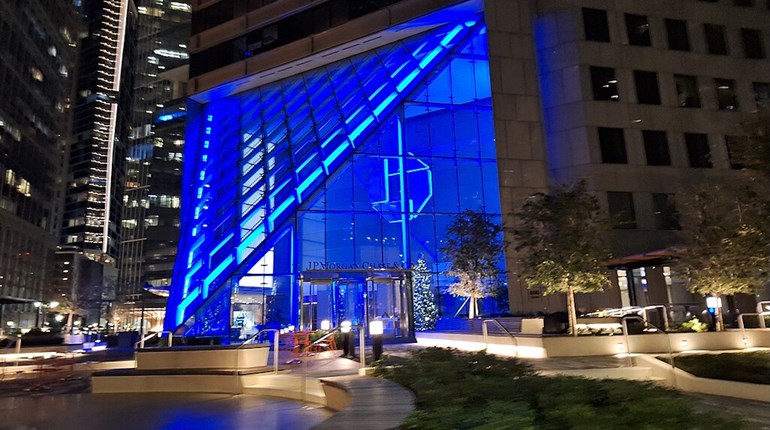
“We must, indeed, all hang together or, most assuredly, we shall all hang separately.” — Benjamin Franklin
Like the long exhale before a rifle trigger is pulled, hundreds of people were leaning forward in their chairs on a Sunday afternoon, looking downrange to Election Day as John L. Cushman, NRA Board member and president of the New York State Rifle & Pistol Association, spoke. That night would be the second presidential debate. Would the voting block that put Donald Trump at the head of the Republican ticket fracture or maybe stay home, give us a President Hillary Clinton and then an effective repeal of the Second Amendment? Everyone sensed the answer was in the packed room.
Outside I ran into a man pleading with hotel help to bring in 50 more chairs. In the room were hundreds seated in folding chairs and at least another 50 standing in the back and along the walls. Also in the back was a table to sign people up for NRA memberships. On one side were tables with guns in glass display cases that would be raffled later. We were on New York’s Long Island, just off the Long Island Expressway and about 25 miles from New York City, and these people clearly wanted to protect their freedom.
Cushman introduced Pete Brownell, NRA first vice president and CEO of Brownells, the world’s largest supplier of gun parts.
Brownell started slowly, framing the importance of this election. He mentioned the U.S. Supreme Court and how the next president would choose at least one, but likely two or more, new justices, reshaping the court for a generation. People were nodding. They all knew that Clinton had said the Supreme Court got it wrong when it found the Second Amendment to be an individual right. They knew the Heller decision was a five-to-four decision, and that a Clinton-packed court would eagerly overturn Heller and thereby effectively abolish the Second Amendment.
“… there is only one choice at the ballot box this election who will protect your Second Amendment.” — Pete Brownell, NRA first vice president and CEO of BrownellsSomeone in the audience shouted, “If only it wasn’t Trump.”
Brownell paused, then nodded. “Donald Trump wasn’t everyone’s choice in the primaries,” he acknowledged. “But there is only one choice at the ballot box this election who will protect your Second Amendment.”
Someone else shouted, “Trump.”
A spontaneous applause erupted in the large, packed room. This was the Sportsmen’s Association for Firearms Education (S.A.F.E.) 2016 Firearms Civil Rights Conference.
If the room had been half full or if the crowd not so energized, anyone would haven gotten the feeling that this election was already over—that Clinton was a sure thing. But the understanding and passion was quite evident. Even just a short drive from Michael Bloomberg’s Manhattan offices, New York City Mayor Bill de Blasio’s anti-freedom politics, and the television studios and newspaper offices of New York’s media elite, citizens had gathered to preserve their freedom—and in the case of New York, to win back what has been taken.
After Brownell spoke, a video message from NRA-ILA Executive Director Chris W. Cox played, and his message received a standing ovation. Cushman then played the NRA “Freedom’s Safest Place” ads featuring inspirational people speaking out for our civil liberties, and again everyone stood and applauded.
Cushman encouraged people to go to the NRA’s YouTube page to see the ads and to forward them to people who might not have seen them, as many of the media outlets in the New York area have refused to air these ads from the NRA.The energy was there, and the crowd was diverse and passionate—there were nearly as many women as men in the audience.
Someone in the audience shouted, “FOX News has been airing them.”
Cushman’s reply: “Yes, but the people who don’t watch FOX aren’t getting this honest message unless we show it to them.”
Ginny Simone, NRA News’ investigative reporter, took her turn at the podium and spoke about the many victims of gun control she has interviewed. She played portions of her interviews with some of them, and explained how Clinton wants to turn all of America into Chicago. She pointed out that although the media loves to play up Trump’s flaws, they clearly aren’t doing the same with Clinton’s scandals and worse.
As the event went on, people continued to flood in. The energy was there, and the crowd was diverse and passionate—there were nearly as many women as men in the audience. In conversations with a congressman who stood next to me, state legislators in attendance and many of the people who came to the program, I found that everyone there knew what this election means to our basic human freedoms.
The only thing that everyone was clearly worried about, and each voiced this in their own way, was that the so-called “mainstream” media might still be omnipotent enough to shape a narrative—often by leaving important facts out—that could convince just enough voters to stay home or to vote away their freedom by giving Clinton the presidency.
Interestingly, it isn’t the truth these people are afraid of. It’s the spin and half-truths many in the media and politicians like Clinton use that worries them them most.
































